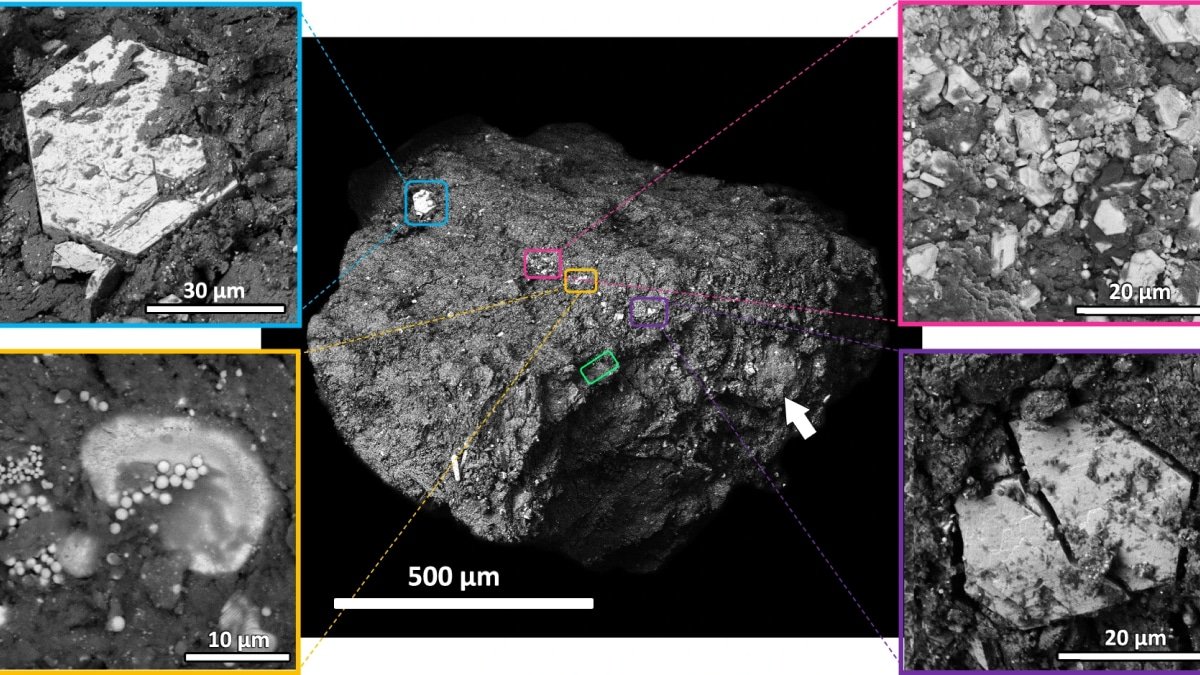The Japanese area mission, Hayabusa2, introduced again samples from Ryugu in 2020, and scientists have been finding out them intently ever since. What makes these samples so thrilling is that they are untouched by Earth’s circumstances, making them a form of time capsule from the early Solar System. Among these samples, researchers have come throughout one thing notably attention-grabbing: phosphorus-rich grains that might have performed an enormous position in how life obtained began on Earth.
Grains That Could Have Changed Everything
These grains, that are made up of hydrated ammonium, magnesium, and phosphorus (HAMP), are thought to have come from the outer Solar System. That’s the place temperatures are chilly sufficient for water ice to type, preserving these grains over time. What’s distinctive about them is that they’ll launch phosphorus and nitrogen in types which might be extra soluble and reactive than what’s present in different minerals. This means they may have been extra concerned within the chemical reactions that sparked life on our planet.
A Possible Link to the Start of Life
These phosphorus-rich grains seemingly interacted with Earth’s early water methods, offering the vitamins wanted for natural compounds to develop. This may imply that they performed a direct position within the chemical processes that led to life. As researchers proceed to study the Ryugu samples, they hope to study much more about how these grains—and others like them—may have influenced the origins of life on Earth, and probably past.




